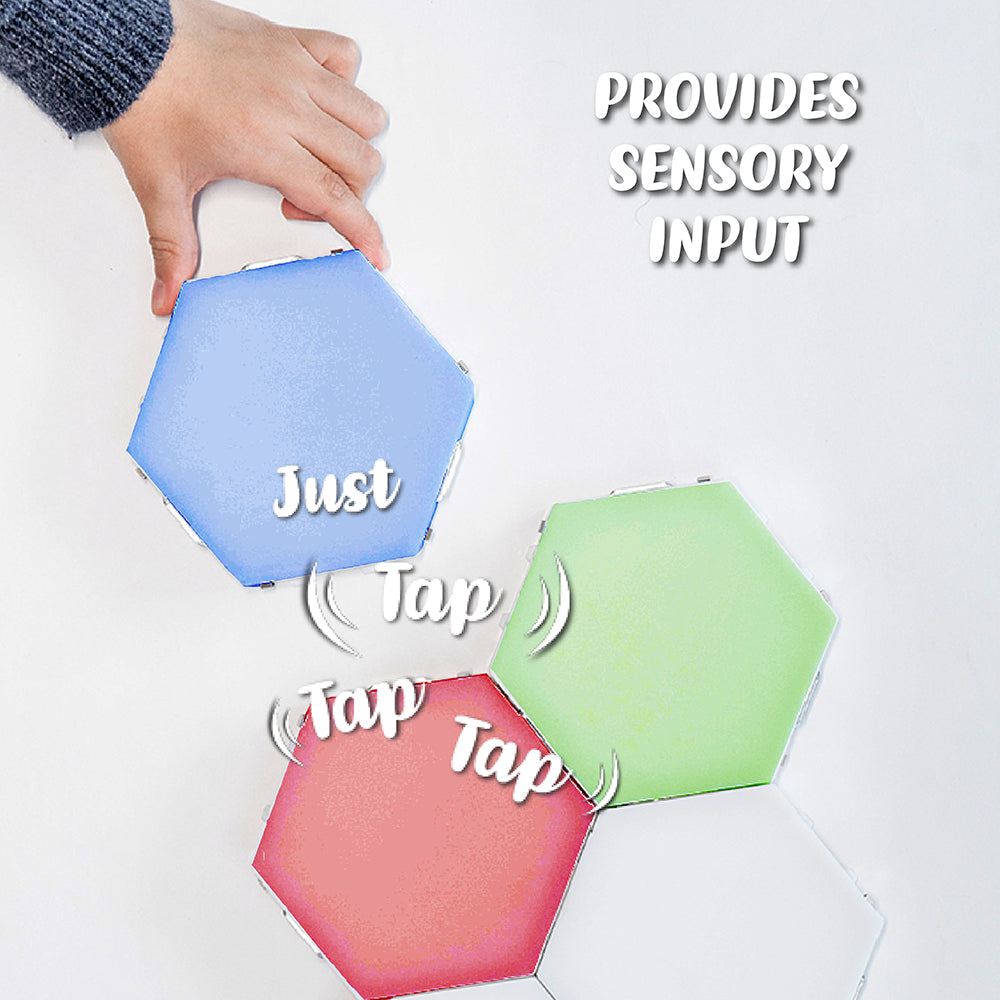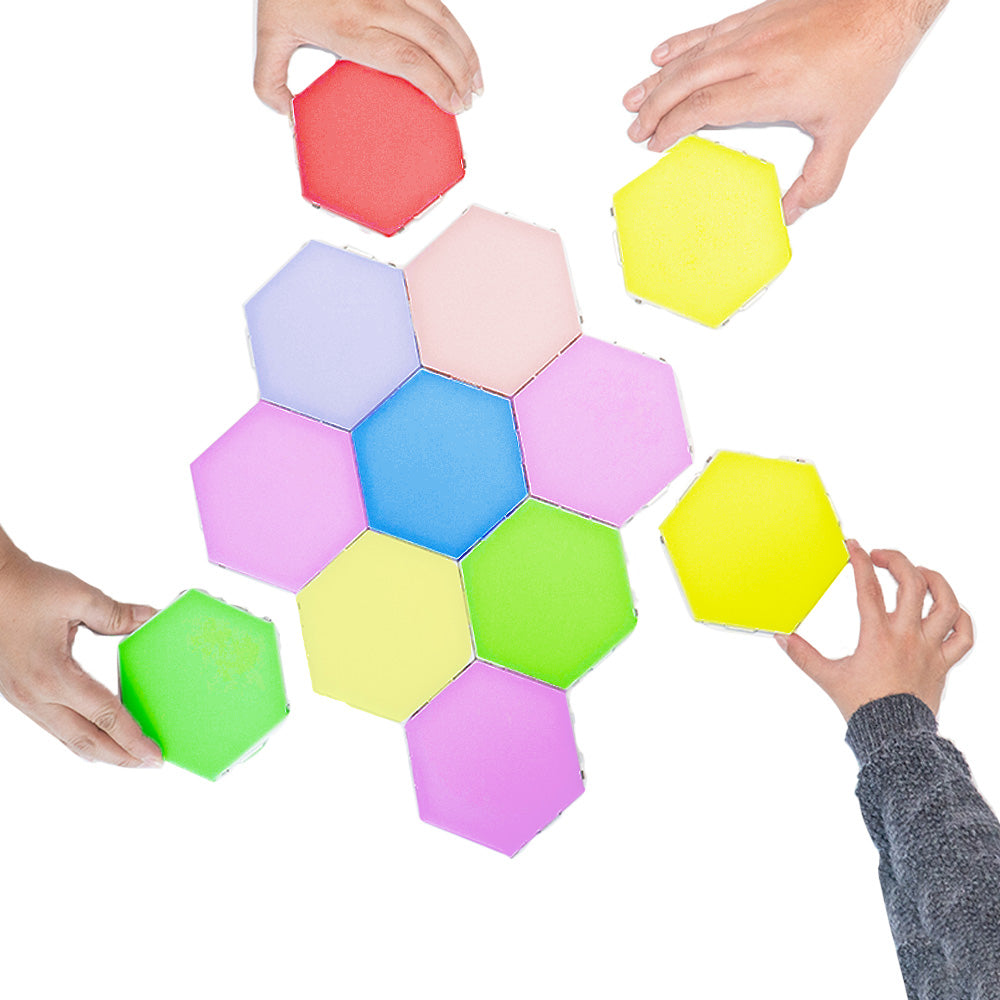
In the tapestry of family life, each thread has its unique hue, contributing to a pattern more intricate and vibrant than the sum of its parts. For families nurturing a child with autism, these threads can sometimes seem discordant, but with love, patience, and innovative therapy techniques, a harmonious picture can emerge. It's within the dynamic interplay of relationships where children with autism, as active participants, can truly flourish. To further understand the role of sensory experiences, one might consider the benefits of managing sensory overload in children with autism.
Embracing the Uniqueness of Each Child
Autism is a spectrum, and as such, each child's experience is as unique as the patterns on a butterfly's wings. In the realm of family dynamics, this means that strategies for support must be equally bespoke. The traditional one-size-fits-all approach is giving way to more nuanced methods where autistic children are not merely passive recipients of therapy but are actively engaged in shaping their own social and communication skills.
One such innovative approach is play-based therapy, which integrates the natural language of children—play—into therapeutic practices. This method allows children with autism to express themselves and connect with family members in a space that feels safe and enjoyable. It's not just about learning social cues but also about family members learning to 'speak' in the unique language of their child.
By fostering an environment where the child is an integral part of the therapy process, families can create a shared language of understanding. This not only bolsters the child's self-esteem but also enriches family bonds, making every interaction a stepping stone towards greater empathy and connection.
Navigating the World Together
For children with autism, the world can sometimes be an overwhelming place. Sensory sensitivities and communication barriers can make everyday situations challenging. However, when families navigate these challenges together, they create a support system that is both empowering and comforting. Techniques like sensory integration therapy, which can be practiced at home, help children process sensory information more effectively, thereby reducing anxiety and enhancing their ability to engage with the world around them.
Moreover, when family members understand how to interpret their child's unique sensory needs, they become allies in the child's journey. This shared understanding is pivotal in creating a nurturing environment where the child feels understood and supported. It's a collaborative dance, with each step carefully attuned to the rhythms of the child's world.
And it's not just about the child adapting to the world; it's equally about the world adapting to the child. Educating extended family members, friends, and educators about autism can foster a more inclusive and supportive community for the child to thrive in.
Communication as a Two-Way Street
At the heart of family dynamics lies communication. For families with autistic children, this means learning to communicate in ways that resonate with their child. Techniques like the Picture Exchange Communication System (PECS) or sign language can be life-changing, allowing non-verbal children to express their needs and thoughts. But beyond these tools, it's the daily, patient practice of listening and responding to non-verbal cues that fortifies the child's sense of being heard and loved.
Parents and siblings play a critical role in modeling effective communication. By demonstrating patience and clarity in their interactions, they set the stage for positive communication patterns within the family. It's a dialogue that requires constant learning and adaptation, but one that can yield profound rewards in mutual understanding and respect.
And when communication flows, so does the potential for growth. Autistic children who feel understood are more likely to take risks in social interactions, experiment with new forms of expression, and develop a robust sense of self.
Integrating Innovative Tools in Family Therapy
In the pursuit of harmony within the family unit, innovative tools can play a pivotal role. Sensory toys and aids are not just playthings; they are bridges to new forms of interaction and learning. One such example is the TAP-TAP Sensory Lights, which offer both touch and visual stimulation.

Discover the TAP-TAP Sensory Lights and how they can enhance your family therapy sessions.
The beauty of these tools lies in their versatility. They can be used in a variety of therapeutic contexts, from structured therapy sessions to spontaneous family interactions. It's this flexibility that makes them so valuable in the context of family dynamics, where each day can present new challenges and opportunities for growth.
As we weave the threads of family life, it's essential to remember that each family is unique. What works for one may not work for another, and the journey of supporting a child with autism is as individual as the child themselves. But with innovative therapy techniques and a commitment to understanding, families can create a tapestry of support that is both beautiful and strong.










Leave a comment